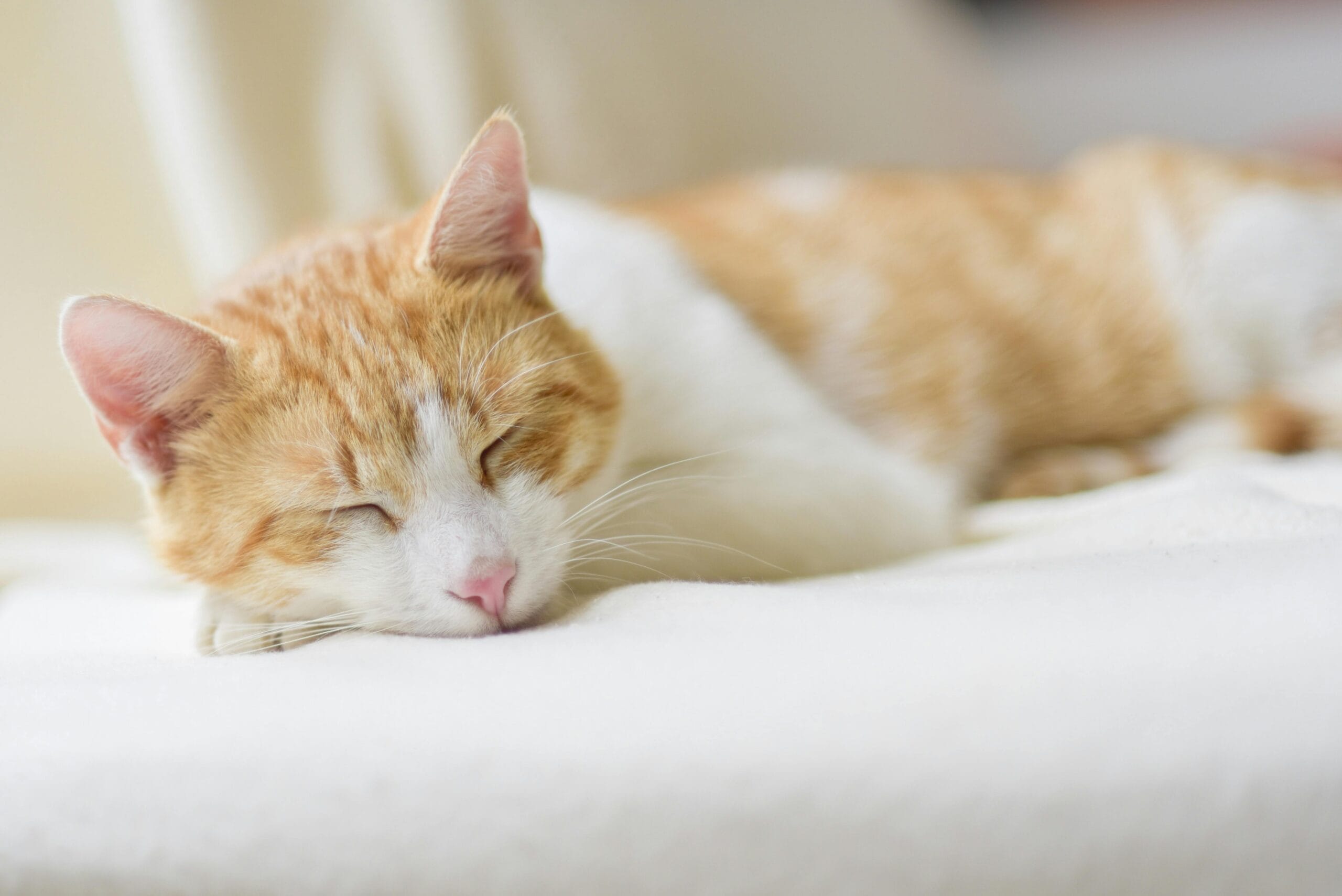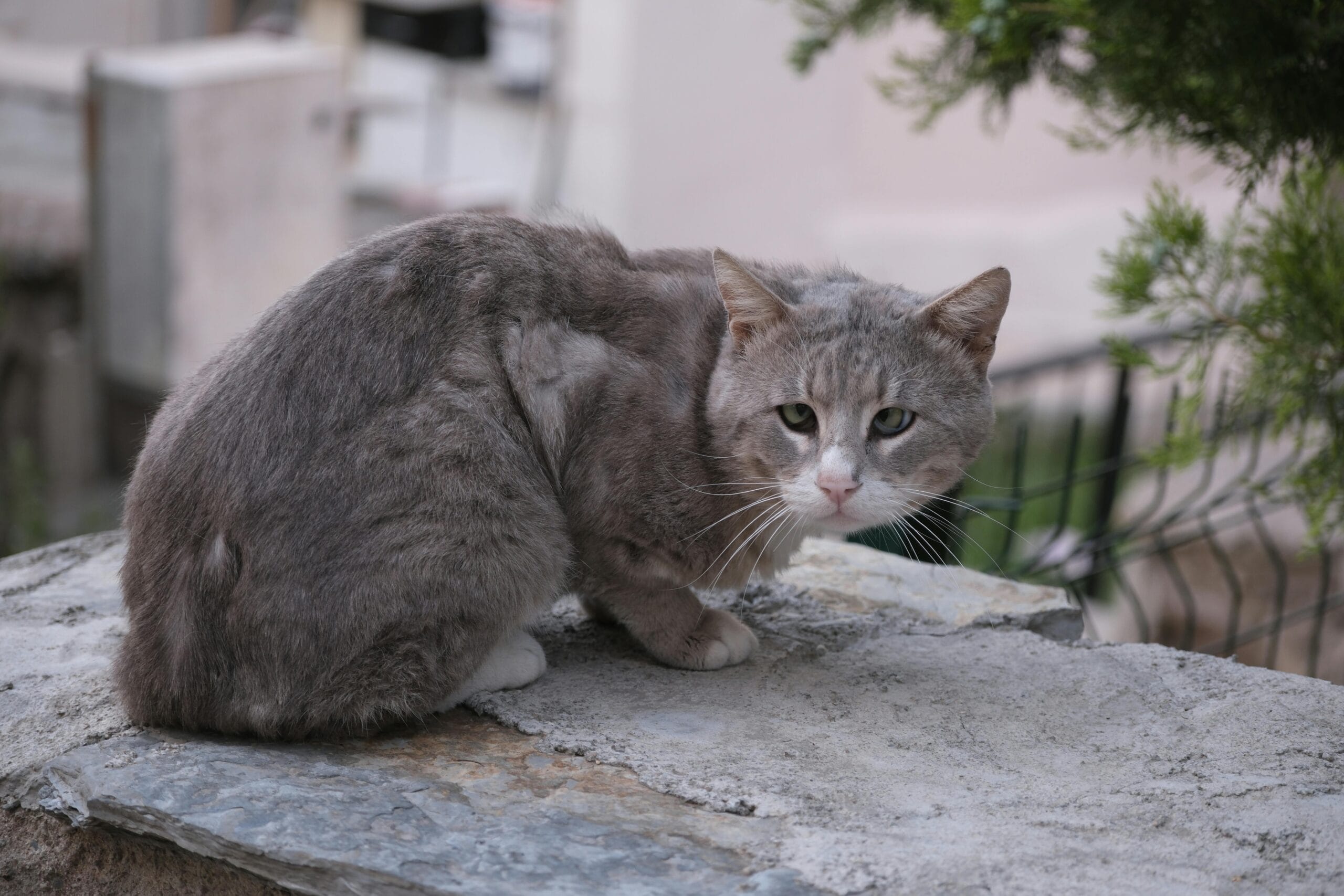Is Pothos Toxic To Cats? Find out about Pothos cat toxicity & learn if Pothos plants are safe for cats. Get expert advice to protect your feline friend!
Is Pothos Toxic to Cats? A Comprehensive Guide to Pothos Cat Toxicity
The vibrant, trailing vines of pothos plants are a popular choice for brightening up homes. Their easy care and attractive foliage make them a favorite among houseplant enthusiasts. However, if you’re a cat owner, the question, “Is Pothos Toxic to Cats?” becomes paramount. The answer, unfortunately, isn’t a simple yes or no, and understanding the potential dangers is crucial for ensuring the safety of your feline friend. This comprehensive guide delves into Pothos cat toxicity, exploring the risks, symptoms, and what to do if your cat ingests this common houseplant.
Understanding Pothos Cat Toxicity
Are Pothos Plants Safe For Cats? The short answer is no. Pothos (Epipremnum aureum), also known as devil’s ivy, contains insoluble calcium oxalate crystals. These crystals are microscopic needles that cause irritation and inflammation when ingested by cats. While not necessarily deadly in small quantities, ingestion can lead to a range of unpleasant symptoms, making it essential to keep pothos plants out of reach of your curious cats.
The severity of the reaction depends on several factors, including the amount of pothos consumed and the cat’s size and overall health. Kittens, for example, are more susceptible to severe reactions than adult cats. Just like with other potentially harmful substances, such as grapes (check out this article on can cats have grapes), it’s better to err on the side of caution and prevent any contact altogether.
Symptoms of Pothos Poisoning in Cats
If your cat has ingested pothos, several symptoms might appear. These can range from mild irritation to more severe reactions. Recognizing these signs early is vital for prompt treatment. Some common symptoms include:
- Oral irritation: Excessive drooling, pawing at the mouth, and difficulty swallowing are common initial symptoms.
- Vomiting: Your cat may experience vomiting, often containing bits of pothos leaves.
- Loss of appetite: A decreased interest in food is another potential sign.
- Difficulty swallowing: The irritation caused by the calcium oxalate crystals can make swallowing painful.
- Swelling: Swelling of the mouth, tongue, or lips may occur.
- In severe cases: Respiratory distress or difficulty breathing can occur, requiring immediate veterinary attention. This is less common but still possible.
It’s important to note that the severity of these symptoms can vary. While some cats might only experience mild irritation, others may display more significant problems. If you suspect your cat has ingested pothos, even in a small quantity, it’s best to contact your veterinarian immediately for advice. Just as you’d want to know if peppermint oil is safe for cats, understanding the potential hazards of pothos is crucial.
What to Do if Your Cat Eats Pothos
If you witness your cat ingesting pothos, act quickly. First, try to identify how much your cat consumed. This information will help your veterinarian assess the severity of the situation. Then:
- Contact your veterinarian immediately: Don’t delay seeking professional advice. This is essential, even if your cat appears only mildly affected.
- Rinsing the mouth: Gently rinse your cat’s mouth with water. Do not force your cat to drink water, as this could worsen the situation. This step should only be done cautiously, prioritizing immediate veterinary contact.
- Gather information: Try to collect a sample of the ingested plant, if possible. This will help your vet determine the proper course of treatment.
- Follow your vet’s instructions: Your veterinarian will guide you on the appropriate steps to take based on your cat’s condition and the amount of pothos ingested.
Remember, prevention is always better than cure. Similar to being cautious with cherries (can cats have cherries), proactive measures are critical. Keeping pothos plants out of your cat’s reach is the best way to avoid this issue entirely.
Preventing Pothos Poisoning in Cats
The best approach to dealing with Pothos cat toxicity is prevention. Here are some effective strategies:
- Place pothos plants out of reach: Keep your pothos plants in rooms your cat doesn’t frequently access, or hang them from the ceiling where they’re inaccessible.
- Use cat-friendly plants: Opt for plants known to be non-toxic to cats instead of pothos. Consider researching plants suitable for feline companions.
- Supervise your cat: Keep a close eye on your cat, especially around your plants. Early detection is key to mitigating any potential problems.
- Train your cat: While this isn’t always foolproof, you can try to train your cat to avoid your plants. Positive reinforcement techniques are most effective.
- Use deterrents: Some commercial cat repellents might help deter your cat from approaching your plants. Always read the product instructions carefully and ensure they are safe for your pet.
Understanding what constitutes safe food for cats is also very important. For example, you might be wondering if lettuce is safe (can cats have lettuce). This same careful approach should be applied to houseplants. Choosing non-toxic plants, or at least keeping poisonous ones completely out of reach is crucial for your pet’s wellbeing.
Other Toxic Houseplants to Avoid
Pothos isn’t the only common houseplant that poses a threat to cats. Many other popular plants contain toxins harmful to felines. Similar to researching are monstera toxic to cats, you should research all your houseplants to ensure they’re safe for your pets. Always conduct thorough research before introducing any new plants into your home, especially if you have cats.
The ASPCA website (https://www.aspca.org/pet-care/animal-poison-control/toxic-and-non-toxic-plants) offers a comprehensive list of toxic and non-toxic plants for pets. The Pet Poison Helpline (https://www.petpoisonhelpline.com/) provides emergency veterinary support and information on pet poisoning.
Conclusion: Prioritizing Your Cat’s Safety
Is Pothos Toxic to Cats? Yes, it is. Understanding the potential risks associated with pothos ingestion is critical for cat owners. By taking proactive measures and keeping pothos plants out of reach, you can significantly reduce the risk of your cat experiencing any negative effects. Remember, prevention is the best approach. If you suspect your cat has ingested any part of a pothos plant, immediate veterinary attention is crucial.
Share Your Experience!
Have you had any experiences with your cat and pothos plants? Share your stories and tips in the comments below! Let’s create a community to help fellow cat owners keep their furry friends safe from Pothos cat toxicity and other potential plant-related hazards.

- Is Pothos Toxic To Cats?
- Yes, pothos (Epipremnum aureum) is toxic to cats. All parts of the plant contain insoluble calcium oxalates, which cause oral irritation and gastrointestinal upset if ingested. Pothos cat toxicity is a concern for cat owners.
- What Happens if My Cat Eats Pothos?
- If your cat ingests pothos, it may experience symptoms like oral irritation, excessive drooling, vomiting, and difficulty swallowing. In severe cases, pawing at the mouth, loss of appetite, and lethargy can occur. The severity depends on the amount consumed.
- How Toxic Are Pothos Plants To Cats?
- Pothos plants are considered mildly to moderately toxic to cats. While rarely fatal, ingestion can cause significant discomfort. The level of Pothos cat toxicity is enough to warrant keeping these plants away from feline companions.
- Are Pothos Plants Safe For Cats?
- No, pothos plants are not safe for cats. They are poisonous and should be kept out of reach to prevent accidental ingestion and the potential for Pothos cat toxicity.
- What Should I Do if My Cat Eats Pothos?
- If you suspect your cat has eaten pothos, contact your veterinarian or an animal poison control center immediately. They can advise on the best course of action based on the amount ingested and your cat’s symptoms.
- What are the Symptoms of Pothos Toxicity in Cats?
- Symptoms of pothos toxicity in cats include oral irritation, excessive drooling, vomiting, difficulty swallowing, pawing at the mouth, loss of appetite, and lethargy. Seek veterinary attention if you observe these symptoms.
- Can a Small Amount of Pothos Harm My Cat?
- Even a small amount of pothos can cause oral irritation and discomfort in cats. It’s best to avoid any contact altogether. The potential for Pothos cat toxicity exists regardless of the quantity ingested.
- Is Pothos Cat Toxicity Fatal?
- While rarely fatal, Pothos cat toxicity can cause significant distress and discomfort. Prompt veterinary attention is crucial to minimize the impact. The severity of the reaction can vary.
- What are some safe alternatives to Pothos for cat owners?
- Consider cat-friendly plants like spider plants, cat grass, or calathea. Research thoroughly to ensure the plant is truly non-toxic before introducing it to your home.
- Pothos Cat Toxicity: Prevention is key, right?
- Absolutely! Prevention is the best approach to Pothos cat toxicity. Keep pothos plants out of reach of your cat, ideally in a separate room or hanging high where your cat cannot access them. This is the most effective way to ensure your cat’s safety.

Is Pothos Toxic to Cats? A Practical Guide
Pothos, with its vibrant green leaves and easy care, is a popular houseplant. However, pet owners, especially cat owners, need to be aware of its toxicity. Yes, pothos is toxic to cats. Ingestion can lead to oral irritation, vomiting, and difficulty swallowing. The severity depends on the amount consumed; a small nibble might cause minimal discomfort, while a large ingestion can require veterinary attention. Always keep pothos plants out of reach of curious felines.
Prevention is key. Instead of relying solely on your cat’s self-control (which can be unpredictable!), consider placing your pothos in a hanging basket or on a high shelf. You might also explore alternative, non-toxic plants that are equally aesthetically pleasing. Just as you’d research whether something like lettuce is safe for your cat, thorough research into the safety of all houseplants is crucial for pet owners.
If you suspect your cat has ingested pothos, immediately contact your veterinarian or an animal poison control center. Timely intervention is critical. While the symptoms mentioned above are common, some cats might exhibit more severe reactions. Similarly, be cautious with other potentially harmful plants and substances; for example, you should never let your cat near foods like grapes, which can also be toxic.
Understanding the potential dangers of common household items is just as important as knowing what’s safe. For instance, essential oils can pose risks to pets. While peppermint oil has some beneficial properties, its use around cats requires extreme caution. Similarly, certain fruits like cherries should be kept away from your feline companion.
Beyond pothos, other houseplants can also present hazards. For a comprehensive understanding of the dangers posed by common indoor plants, research plant toxicity thoroughly. For example, knowing if Monstera plants are safe is vital information for any cat owner. Prioritizing your cat’s safety by creating a toxin-free environment demonstrates responsible pet ownership.
Remember, your cat’s health and well-being are paramount. By taking proactive steps and educating yourself on potential hazards, you can ensure a happy and healthy life for your furry friend.
Is Pothos Toxic To Cats, Pothos Cat Toxicity, Are Pothos Plants Safe For Cats